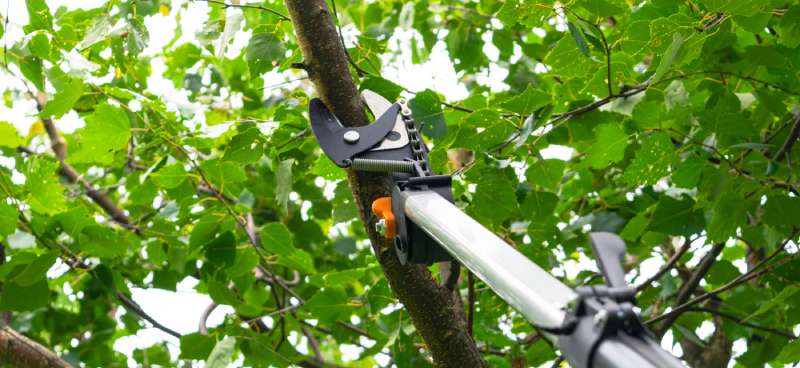When Is the Best Time To Prune My Trees?

Pruning your trees is more than just a chore. It’s an investment in the health and beauty of your landscape. When done correctly, pruning can help your trees grow stronger, produce more fruit, and improve your home’s curb appeal. But timing is everything. Knowing when to prune each type of tree can make all the difference. Continue reading to find out when the best time to prune my trees on your property is.
Why Pruning Matters
Pruning isn’t just about making your trees look nice. It’s about keeping them healthy and safe. Removing dead or diseased branches prevents the spread of disease and pests. Pruning also helps manage the size and shape of your trees, ensuring they don’t grow too close to power lines or buildings. Well-pruned trees are less likely to suffer from storm damage because their structure is stronger and more balanced.
Understanding Tree Growth
To prune effectively, you need to understand how trees grow. Trees have an annual growth cycle that includes periods of dormancy and active growth. During dormancy in winter, trees are not actively growing, which makes it an ideal time for pruning. Active growth periods in spring and summer are when trees focus on producing new leaves and branches, making them more vulnerable to pruning cuts.
The Best Time To Prune
Different trees have different needs.
- Prune deciduous trees during their dormant period, winter.
- Prune evergreen trees in late winter or early spring before new growth begins.
- Prune flowering trees right after they bloom to avoid cutting off next year’s flowers.
- Prune fruit-bearing trees during winter to encourage new growth and a better harvest.
Pruning Techniques You Should Know
There are several pruning techniques, each with its own purpose. Crown thinning involves selectively removing branches to improve light penetration and air circulation. Crown raising removes the lower branches to provide clearance for pedestrians or vehicles.
Deadwood removal focuses on cutting out dead or diseased branches to maintain the tree’s health. Each technique serves a specific function and can significantly enhance the tree’s structure and appearance.
Signs That It’s Time for Pruning
Knowing when to prune also involves recognizing the signs that a tree needs it. Look for dead or broken branches, which can pose a safety hazard. Notice any branches growing too close to power lines or your home.
If your tree has a dense canopy, it may need thinning to allow sunlight and air to reach the inner branches. Regularly inspecting your trees can help you identify these signs early, ensuring timely pruning.
Common Mistakes To Avoid When Pruning
Pruning can do more harm than good if not done correctly. Avoid topping, which involves cutting off the top of the tree, as it can lead to weak regrowth and increase the risk of disease. Don’t prune too much at once; removing more than 25 percent of the tree’s canopy can stress the tree.
Avoid pruning during active growth periods, which can hinder the tree’s development. Understanding the dos and don’ts of tree pruning can help you maintain healthy, beautiful trees.
Now that you know when to prune your trees, it’s time to get to work. Pruning isn’t only beneficial for your landscaping, but it also significantly improves your home’s curb appeal. Remember to watch for signs that indicate your trees need pruning and avoid common mistakes that could harm them.



2 Comments
heather
I am so saving this post. This is so helpful as we have some trees that need prunning.
Terri Quick
Thank you for sharing this great information